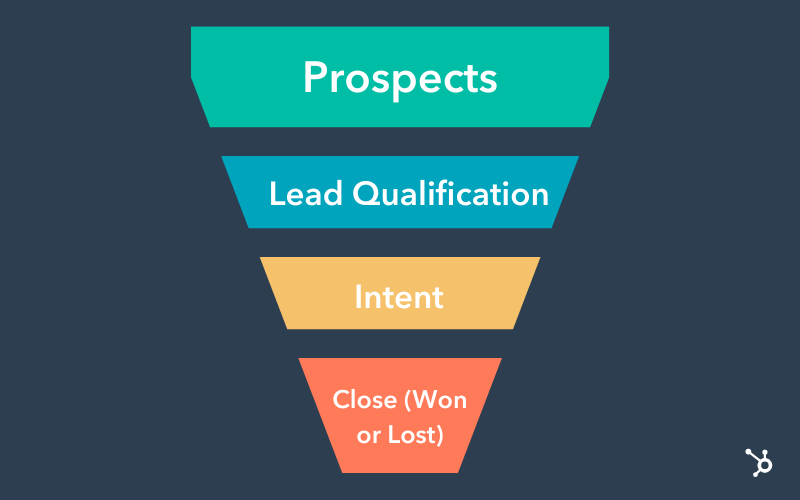Remix: How to Guide Prospects Through the Sales Funnel with Content?
Description:
Converting prospects into clients is rarely easy and is almost never straightforward. Visitors to your site have biases and preconceived notions about the solutions they think will address their problem. Some may be desperate for an immediate fix and others may have just casually started their research.

As an added layer of complication, most B2B buyers are loathe to speak with sales representatives. Most prefer to self-educate, which means the content on your site must do the majority of the heavy lifting: it must speak to prospects at every stage of the buyer’s journey (or “funnel” in sales parlance) and skillfully tread the line between educating and selling.
It’s a tall order and one that only a savvy B2B marketing agency can deliver. Content produced by AI or SEO “writers” is almost always too shallow, self-promotional, or – concerningly – blatantly wrong, to successfully guide prospects through the funnel. That’s why quality copywriting is one of the most critically important and highly sought after B2B marketing services. When combined with B2B search engine optimization (SEO), which identifies the key terms that will draw the right prospects to your site, thoughtful content will deliver warmed up leads directly to your salespeople.
A skilled writer will be able to write for every stage of the funnel – and leverage their storytelling abilities to accelerate buyers along their journey. Here’s an overview.
Hook with Top Funnel Content
Top of funnel content is high-level and should appeal to your broadest audience. It should be educational without getting too deep in the weeds and should serve primarily to educate your readers and establish your credibility and authority. The content on your home page should be top of funnel – as should other foundational web pages, success stories, press releases and some blogs. Top of funnel content is unlikely to convert prospects but should, instead, hook readers and encourage more serious prospects to travel deeper into the funnel.
Engage with Middle Funnel Content
Once you’ve hooked readers with top of funnel content – and weeded out those who may not yet be ready to buy – engage them with middle funnel content. Mid-funnel content should still be educational – but offer a higher level of complexity. At this stage, you should also start to demonstrate how your services and solutions can solve your prospects’ challenges. Middle funnel content includes blogs, downloadable case studies, and subscription-based newsletters. At this stage, content may generate some sporadic leads, but is best used to guide prospects to the bottom of the funnel.
Convert with Bottom Funnel Content
Prospects who have reached the bottom of the funnel are likely serious about taking the next step and speaking with you. To convert prospects into leads, leverage your bottom funnel content to offer your deepest level of education and detail. Don’t shy away from delving into niche – but still relevant – topics, or from generously sharing why your services or solutions are the ones that will solve your prospects’ challenges. Because this content is specifically intended to generate leads, it often takes the form of downloadable assets, including technical guides, eBooks, whitepapers and webinars. Calls-to-action should prompt readers to contact a representative, schedule a demo, or get a quote.
Writing for the Sales Funnel Best Practices
While a prospect’s buyer’s journey will never be fully predictable, skillfully written content can help to make it more predictable. If you’re interested in using content to guide prospects through the funnel and accelerate lead generation, look for a B2B marketing agency that prioritizes strategic copywriting. An agency that takes the time to deeply understand the challenges faced by their clients’ served market – and can leverage that knowledge to create high, middle and bottom funnel content – is one that will help you generate better qualified leads, more quickly.